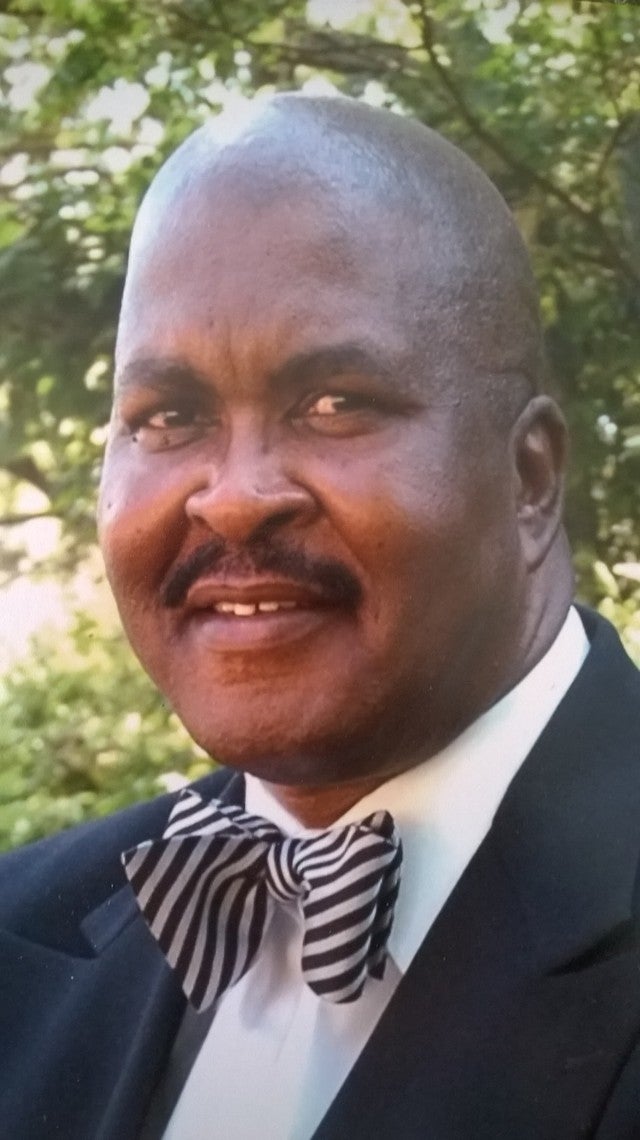Columnist: Many African-American youths in need of a helping hand
Published 12:00 am Friday, December 18, 2015

The Little Engine That Could is a children’s story about an engine that pulled a train over the side of a mountain to deliver goodies to the children living there. The story parallels the predicament in which many students now enrolled in inner-city schools find themselves: needing someone to believe in them and to give them a helping hand.
Unless we extend that helping hand, America’s future could very well be grim. In one way or another, society’s perceived inattention to this problem could cost Americans millions of dollars in the future.
Considerably more outside assistance is immediately needed to show African-American students that there are ways to achieve success other than through violence and the selling of drugs. To be objective, most African-American youths are in fact doing well and on track to discovering legal ways to become successful in the future.
Too many African-American youths, however, are imprisoned in environments where they determine at an early age that unless they take drastic measures, which are often illegal, they will fall short of achieving the so-called American dream. These are youths who are typically living in poverty environments, single parent homes and discover early in life quick and illegal ways to make money, even if it is short-lived.
In these environments, it appears as if the drug pusher has become a more successful role model for these students than has the person who seeks to make a living through honest, hard work. The sad reality is that our inattention to the problem has resulted in community leaders in practically every major city in the country addressing the issue of young African-Americans who have made criminal enterprise their livelihood and terrorize the neighborhoods in which they operate.
Although it is hard to believe, there has been a decline in crime. The incarceration rate, sadly, in the United States remains at a historically unprecedented level.
This high incarceration rate can have profound effects on society. Research has shown these effects are especially prevalent within disadvantaged communities and among those demographic groups that are more likely to face incarceration, namely young minority males.
Economic factors relating to crime
In addition, this high rate of incarceration is expensive for both federal and state governments. On average, in 2012 it cost more than $29,000 to house an inmate in federal prison (Congressional Research Service 2013). In total, the United States spent over $80 billion on corrections expenditures in 2010, with more than 90 percent of these expenditures occurring at the state and local levels (Policy Memo, May, 2014, The Hamilton Project: “Ten Economic Facts about Crime and Incarceration in the United States”).
The evidence is compelling. We need to develop initiatives designed to thwart inner-city youth involvement in drugs and violence. Until the so-called minority “underclass” is educated and brought into the mainstream of society, we will continue to experience the tragedy of those who do not have preying on those who do.
The fact that most inner-city school districts serve majority black student populations should not be used as an excuse for low academic achievement. A school system must be held accountable for the performance of its students on state and national tests used for promotional and placement purposes. Educators must begin by adopting an institutional philosophy that clearly states “all children can learn.”
Inner-city school leaders must also raise teachers’ expectations for children’s achievement. They must encourage parents and the community to support education and instill in children a pride in learning. Concerned educators must collaboratively develop strategies to keep more students in school until they graduate, improve access to instructional technology and extend the educational process to preschool children and to adults seeking to utilize education to improve the quality of their lives.
Unfortunately, research indicates that most teachers have low expectations for inner-city black and poor children. The self-fulfilling prophecy operates in the classroom just as it functions in other situations: people tend to act in ways that significant others in the environment expect them to act. We have to begin again to believe that schools can make a difference. Schools need to have the following:
• A clearly stated mission to raise students’ reading and mathematics test scores.
• Explicit requirements for every class, including rewards for student work well done and failing grades for poor performance.
• A uniform basic curriculum.
• A method of instruction that requires teachers to have the same high standards for each student. Teachers should be evaluated and train to alter any preferential attitudes towards some children.
• Active parental involvement.
• Support and participation from the business community.
Ethics should also be an integral part of a school system’s curriculum at all grade levels. People endowed with a sense of ethics respect the rights of others, and do not kill randomly and without remorse. Community and private sector support are key to the success of a school system implementing such “culture” changes.
With community and private sector support, inner-city school systems can develop strategies to prevent our children from being attracted to crime.
Community stakeholder must understand that “with a helping hand our kids can.”


